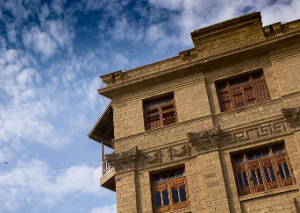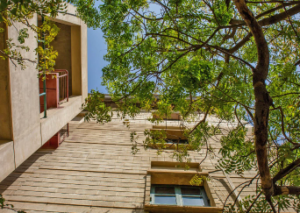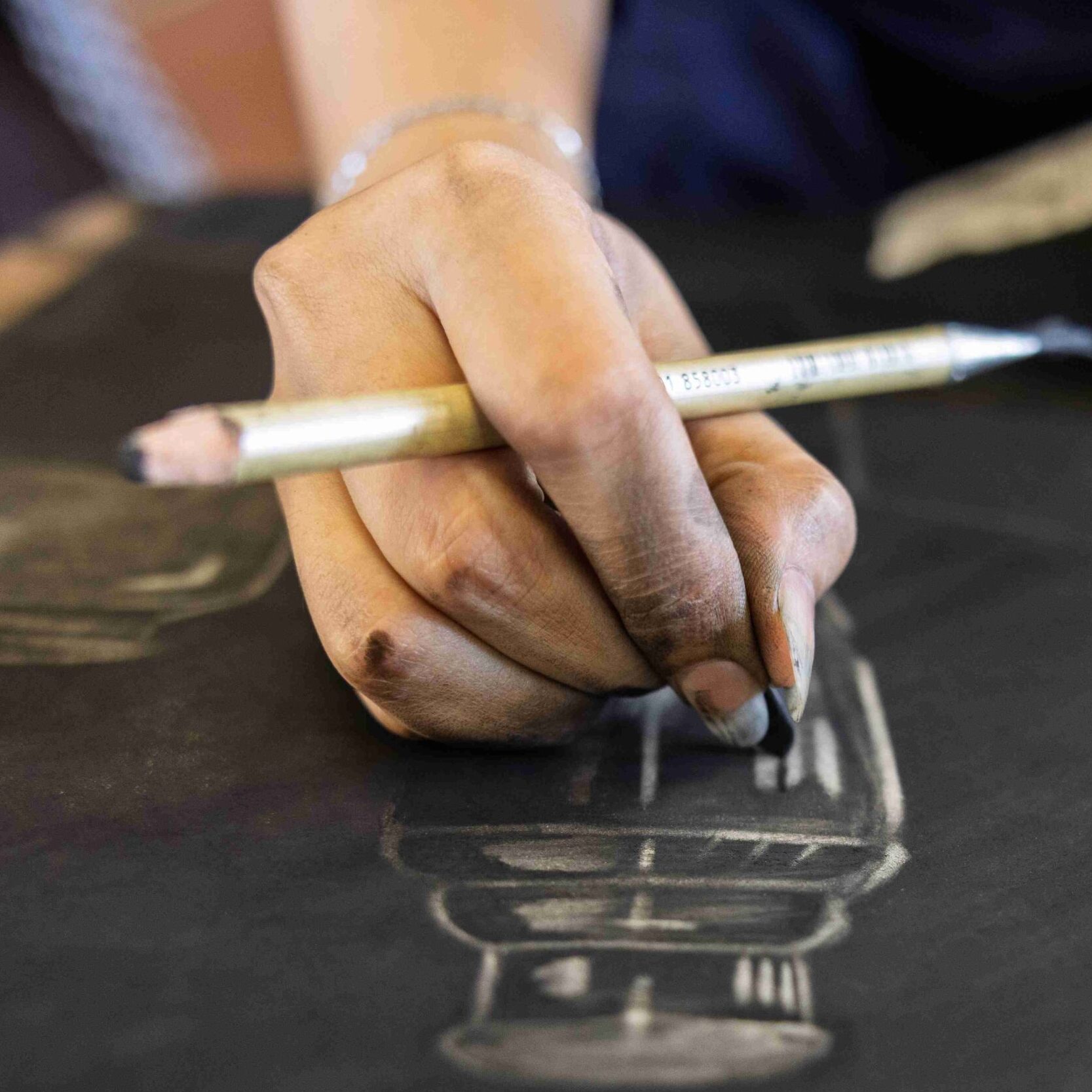EST. 1990
Indus Valley School of Art and Architecture (IVS) was founded in 1990 by a group of professional architects, designers and artists who believed that Karachi was in critical need of a school of excellence encompassing the disciplines of Fine Art, Design and Architecture.














